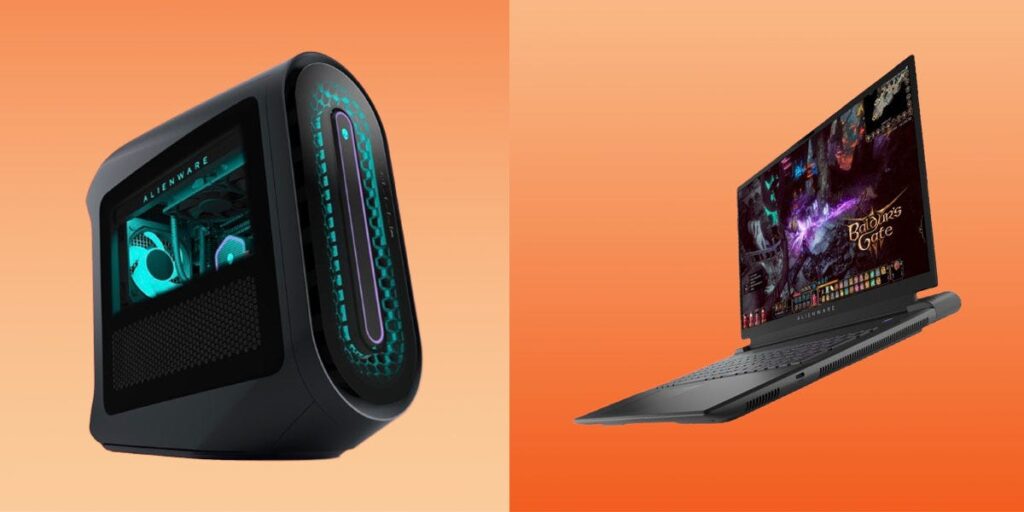Laptops are versatile devices that offer portability and convenience, but they often lack the graphical power required for demanding tasks such as gaming, video editing, and graphic design. Fortunately, with the availability of external graphics card enclosures, it’s now possible to enhance your laptop’s graphics performance by installing a dedicated GPU (graphics processing unit). In this comprehensive guide from jarvismastermind, we will walk you through the process of installing a graphics card into your laptop, covering everything from choosing the right components to the installation steps.
Understanding External Graphics Card Enclosures
Before diving into the installation process, it’s essential to understand what external graphics card enclosures are and how they work. An external graphics card enclosure, also known as an eGPU enclosure, is a device that allows you to connect a desktop graphics card to your laptop via a high-speed connection interface such as Thunderbolt 3.
These enclosures typically feature a PCIe slot for installing the graphics card, as well as ports for connecting peripherals such as monitors, keyboards, and mice. By connecting your laptop to an external graphics card enclosure, you can harness the power of a desktop-class GPU without having to open up your laptop or make any internal modifications.
Choosing the Right Components

Before purchasing an external graphics card enclosure and a graphics card, there are a few factors to consider:
1-Compatibility: Ensure that the external graphics card enclosure is compatible with your laptop and its connection interface (e.g., Thunderbolt 3). Check the manufacturer’s specifications and compatibility lists to confirm compatibility.
2-Power Supply: Make sure that the external graphics card enclosure has an adequate power supply to support the graphics card you plan to install. High-performance GPUs require sufficient power to operate effectively.
3-Graphics Card: Choose a graphics card that meets your performance requirements and budget. Consider factors such as the GPU model, VRAM (video random access memory) capacity, and cooling solution.
4-Additional Accessories: You may need additional accessories such as a Thunderbolt 3 cable, display adapters, and peripherals depending on your setup and requirements.
See price for Razer Blade 16 Gaming Laptop • NVIDIA GeForce RTX 4090 https://amzn.to/49vMzz8
Installation Steps
Once you have selected the appropriate components, follow these steps to install a graphics card into your laptop:
Step 1: Prepare Your Workspace
Choose a well-lit and spacious workspace with access to power outlets and adequate ventilation. Clear any clutter and ensure that you have all the necessary tools and components within reach.
Step 2: Set Up the External Graphics Card Enclosure
Place the external graphics card enclosure on your workspace and connect it to your laptop using the provided Thunderbolt 3 cable. Ensure that the enclosure is powered on and that all the necessary cables are securely connected.
Step 3: Install the Graphics Card
Open the enclosure and locate the PCIe slot for installing the graphics card. Carefully insert the graphics card into the slot, ensuring that it is properly aligned and seated securely. Depending on the enclosure design, you may need to remove or loosen screws to access the PCIe slot.
Step 4: Connect Peripherals and Monitors
Once the graphics card is installed, connect any peripherals such as monitors, keyboards, and mice to the external graphics card enclosure. Use the available ports on the enclosure to connect your devices, ensuring that all cables are securely plugged in.
Step 5: Install Graphics Card Drivers
Before using the external graphics card, you will need to install the appropriate graphics card drivers on your laptop. Visit the manufacturer’s website to download the latest drivers for your GPU model and operating system. Follow the on-screen instructions to install the drivers, and restart your laptop if prompted.
Step 6: Configure Graphics Settings
Once the drivers are installed, you may need to configure your laptop’s graphics settings to use the external graphics card. Depending on your operating system and GPU drivers, you may be able to adjust graphics settings such as display resolution, refresh rate, and GPU preferences through the system settings or control panel.
Step 7: Test and Troubleshoot
After completing the installation and configuration steps, test the external graphics card to ensure that it is functioning correctly. Launch a graphics-intensive application or game and monitor the performance using tools such as GPU monitoring software or benchmarking utilities. If you encounter any issues or performance issues, refer to the manufacturer’s troubleshooting guide or seek assistance from online forums and communities.
See price for Sager 2024 NP8876E Gaming Laptop https://amzn.to/3SZDNnG
Conclusion
Installing a graphics card into your laptop using an external graphics card enclosure is a relatively straightforward process that can significantly enhance your laptop’s graphical performance. By following the step-by-step instructions outlined in this guide and choosing the right components, you can transform your laptop into a powerful gaming and productivity machine capable of handling the most demanding tasks. Whether you’re a gamer, content creator, or professional user, adding a dedicated GPU to your laptop can unlock new possibilities and elevate your computing experience.

